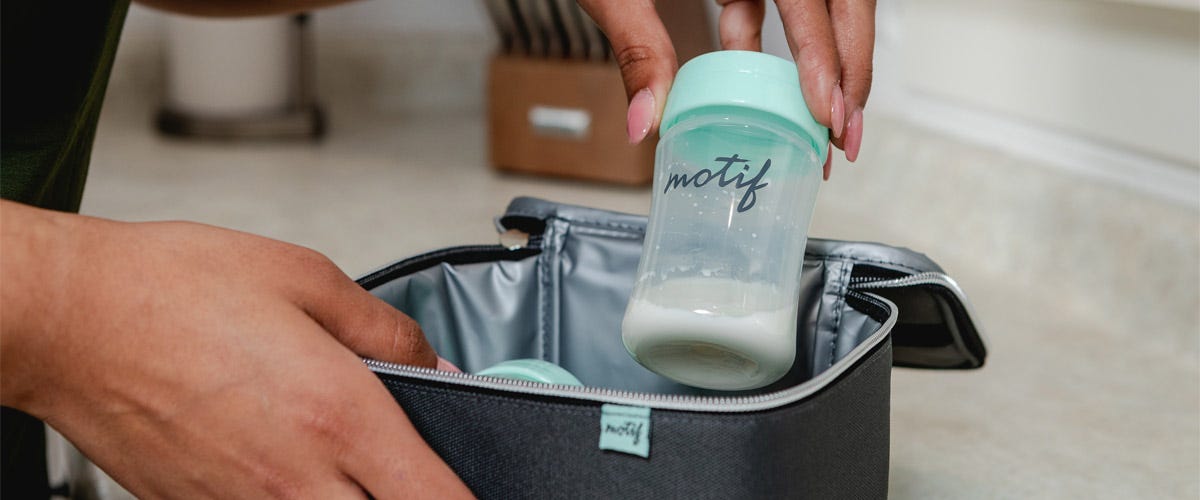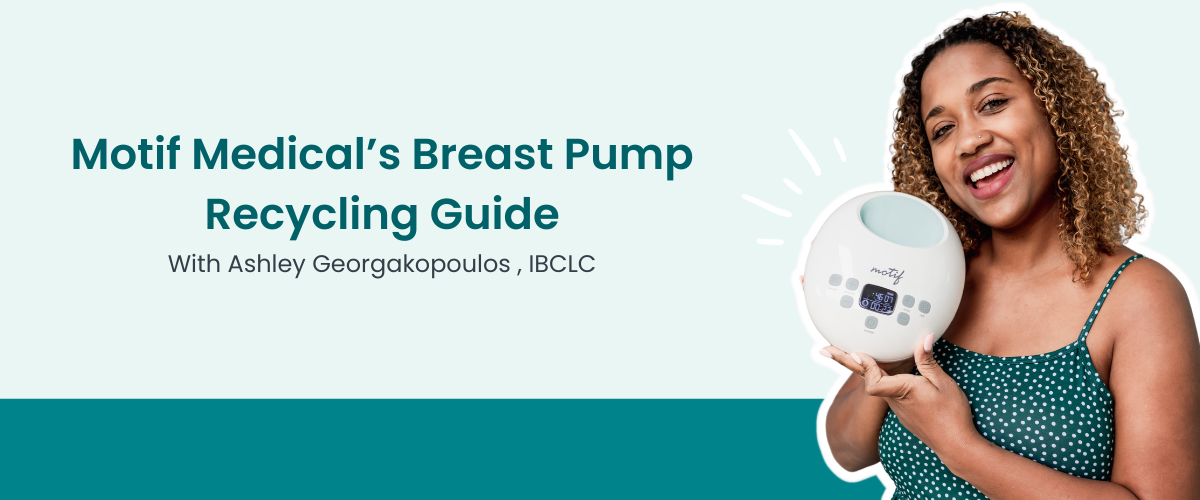There will inevitably come a time when you have to tackle the weaning process, and this will look differently from child-to-child, in time frame, temperament, readiness, method and reasons. Just like with many other things, there is a "right" and "wrong" way to approach this, but in less polarizing terms, a way that is less impactful to our emotions, theirs, and your health.
Abrupt weaning can quite possibly wreak havoc on both our own emotional states, as well as our nursling's, not to mention drastic hormonal shifts and physical implications, such as engorgement, mastitis, and overall discomfort. There will be instances where this cannot be easily avoided, so whether we have to time to wean slowly and intentionally, or abruptly and out of necessity, and everything in between, let's discuss ways to do this with as little repercussions as possible, and with yours and your little's best interest at heart!
Weaning also means having a game plan for what to replace breastfeeding with. Depending on the age of your child, determine with their care provider if they'll need to be bottle feeding, starting solid foods, and if they are partial weaning and needing supplementation. A lactation consultant will be a great help in determining the exact amount of supplementation needed, along with helping you develop your individual plan of action.


Weaning Methods for Mom & Baby:
Gradual Weaning
To gradually wean is most preferred for all parties if at all possible. In cases of exclusive breastfeeding and that level of milk supply, taking it slowly is best. Some children will naturally do this with no initiation or pressure from the mom, spending less and less time at the breast. This is most common in babies over 10 months of age and toddlers. It usually starts by dropping night sessions, and then acting interested in solid foods, and finally distracting themselves with other activities and play. In other cases, mothers can implement based on personal decision and preferences or goals, following a similar pattern.
Don't Offer, Don't Refuse
This particular method has been quite helpful for many who want to take the weaning process slow. When you get to a point that you are ready to start cutting down on feedings at the breast, try to wear a non-accessible top that would make requests to nurse more enticing or easy, especially in regard to older babies and toddlers, and avoid regularly offering to feed. Instead of offering, allow them to "ask" to feed, however they do so normally.
- Start slowly, perhaps with bedtime feedings first, and work on more opportunities week-to-week
- Keep your own emotions and body language in check, deep breath!
- Implement other comfort measures during the breastfeeding session, such as hand holding, singing, talking, rocking, so that those things can take the session's place down the road
- Fluctuations in frequency are NORMAL! Some days they may ask to feed more than others, especially during the first year, as breastfeeding helps with their emotions and comfort, growth spurts, and teething pain.
- Keep feeding time in mind, notice the difference in active feeding and pacifying, and practice safely unlatching them manually. Distract, distract, distract!
Communicate as necessary to family members about your decisions and your methods.
Substituting
When you have reached a point to completely cut out or replace a breastfeeding session with an alternative (this will vary by age and caloric needs), offer an alternative comfort measure that breastfeeding held for them. Patting, holding their hand, staying present until they fall asleep for naps and bedtime, are all ways to minimize emotional distress. Remember, this will take time for some!
Personal Comfort Measures
Exploring comfort measures for yourself and your baby is especially crucial in times of more abrupt weaning, regardless of the needs and reasons. We want to minimize the risk for breast infections from lack of milk flow while your nipple pores are open, breast discomfort and engorgement, over stretching the tissues, and keeping hormones in check from sudden dips and changes.
- Hand expression or using a breast pump as needed to only remove some of the milk, keeping the breasts softened, but not telling the body to keep producing at the current threshold or level
- Warm compresses help tremendously for clogs and relief, getting blood flow to the area and keeping the tissue softened
- For swelling and after feeding or pumping sessions, applying cold packs with a protective layer on your skin will contract the blood vessels and slow refilling of the breast milk
- If you experience a fever or other symptoms of infection, contact your care provider and an IBCLC, as lactation consultants can further provide assistance based on your individual circumstances and needs. Your care provider may suggest NSAIDs such as ibuprofen as well as antibiotics for infection.
- Continue any supplements, such as postnatal vitamins, to support your health and vitality during this time.
- Cuddling and skin-on-skin time with your little one are great ways to promote healthy bonding, oxytocin flow, and decrease risk and severity of PPD and PPP.








